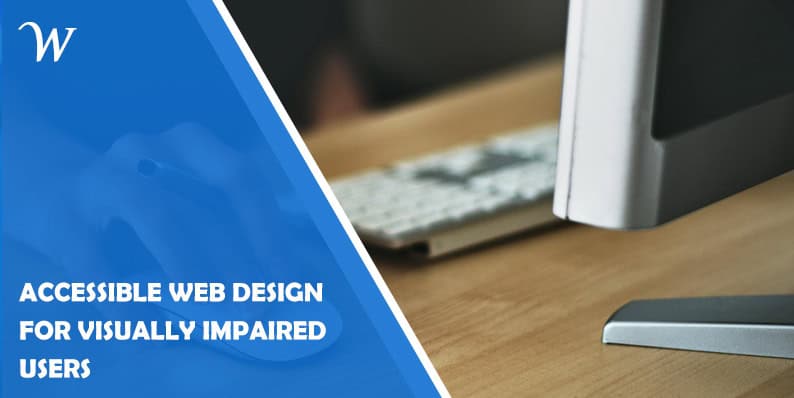When it comes to web design, it can be easy to prioritize common design elements like images, animations, and fonts. However, these elements should combine to provide an accessible and convenient experience for users, especially visually impaired users.
Even the US government adheres to its set of web design standards. Today, the United States follows an official web design system and uses a custom, open-source typeface called Public Sans. This public web design system is meant to make government websites not only look good but also be accessible and functional for site visitors.
The system defines 47 user interface components, including buttons, alerts, search boxes, and forms, each with design examples, sample code, and guidelines. Now in its third iteration, the web design system is used in 160 government websites, powering about 1.1 billion page views on federal websites.
Aside from the United States Web Design System (USWDS), many American websites are also expected to comply with the Americans with Disabilities Act (ADA), making website accessibility a priority. Despite this, a 2023 WebAIM report stated that among the top 1 million websites, over 96% of homepages had elements that didn’t comply with the ADA.
In this article, we’ll take a look at some of the most common visual impairments and how you can make your web design more accessible for visually impaired users:
Types of visual impairments
Unfortunately, many visual impairments can impact a user’s ability to navigate a website, whether for government services or ecommerce products and services. Common vision problems among adults include refractive errors, age-related macular degeneration, glaucoma, cataracts, and diabetic retinopathy.
Among older adults, for example, presbyopia is a common vision condition. Presbyopia refers to the gradual loss of the eyes’ ability to focus on nearby objects. In such cases, people in their early to mid-40s may opt to wear reading glasses for increased visual clarity. Brands like Readers also offer fully magnified reading glasses for those uncomfortable with bifocals, such as the rounded Sterling or the stylish Beatrix cat-eyes.
Another fairly common form of visual impairment is color blindness, which can entirely change a user’s interactions with a website. Fortunately, color blind glasses have become common on the market. In 2024, the COSI museum worked with glasses company EnChroma to offer free rentals of the glasses to all science museum visitors.
While there are certainly tools and solutions available to make things easier for visually impaired users, investing in accessible web design can also help ensure that everyone can access the services and products that they need online.
Optimizing for colorblindness
It’s important to make web elements more distinguishable to help make websites more accessible for color-blind users. A University of Toronto researcher recently worked on an AI model mimicking how people use ecommerce sites. The findings proved useful for retailers to optimize their sites for people experiencing color blindness and other conditions. For example, findings indicate that a user with colorblindness is 30% more likely than a color-abled person to click on a monochrome image. As such, you can experiment with enabling “color filters” on your webpage that adhere to the different kinds of colorblindness. In the future, Aarabi plans to use the AI model to test other barriers to accessibility like dyslexia or motor impairments.
Allowing manual font size adjustment
Aside from allowing for color accessibility on your website, it can also help to provide flexibility for users who may not be able to see fonts or text that are too small. While magnifying software and features are available, not many computer users may be immediately familiar with them or how to use them. After all, conditions like presbyopia are most common among older adults. Allowing manual font size adjustment on your website ensures that even older users can navigate a page comfortably, with or without reading glasses.
Using alt tags
Finally, for people with more severe visual impairments, it can be difficult to navigate through websites with lots of functional and decorative images. In this case, using alternative text, or alt tags, is a must, as these contribute significantly to website accessibility. For people who cannot process visual media, alt text provides a literal and straightforward description of an image or video, as well as its function. Alt tags are also extremely useful for screen readers — software that outputs text as audio or braille — and other assistive technologies.
Ultimately, there are a lot of essential web design elements that can help make websites more accessible to visually impaired users. Taking these design elements into account ensures comfort and accessibility for everyone, and will help convert call-to-actions more effectively whether you’re providing information, products, or services.
If you enjoyed this post, you can check out our previous post on how web design impacts brand identity, from emotional appeal to user experience.
- Accessible Web Design for Visually Impaired Users - February 5, 2025
- How to Unlink Facebook from Instagram: A Complete Guide - January 11, 2025
- How to Install Balena Etcher on Kali Linux - January 8, 2025
